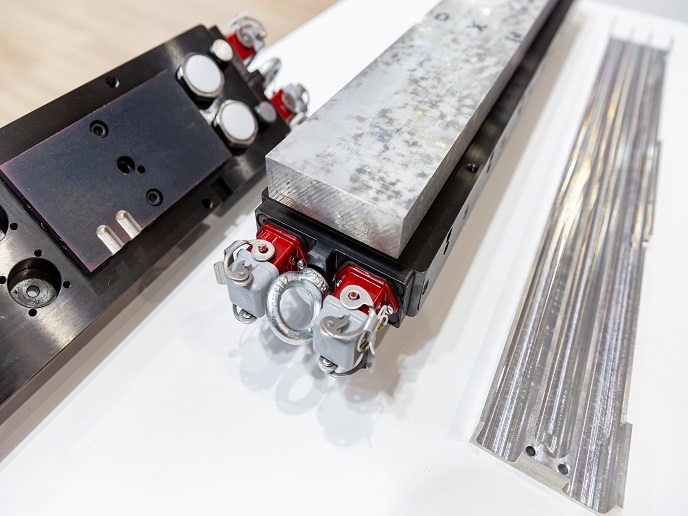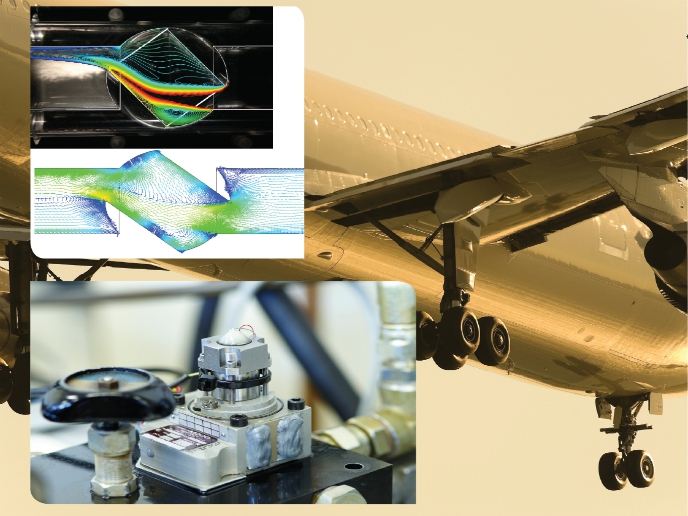Intelligent technology set to break the ice
Ice doesn’t just mean slippery footpaths and the scrapping of windshields, it poses serious issues to a variety of industrial applications. “Aviation, transport in general, energy production, communications and efficient detector systems are all examples of sectors where icing is a serious concern,” says Ana Borras, a researcher at the Institute of Materials Science of Seville(opens in new window) (ICMS). They’re also all sectors that demand new solutions for both preventing ice accretion, and then removing ice from surfaces. But not just any solutions. To be effective, these solutions must be highly automatic, energy-efficient and compatible with a variety of materials and large surface areas. Enter SOUNDofICE(opens in new window). The EU-funded project has developed smart, energy-efficient, environmentally safe and autonomously operated de-icing procedures based on surface acoustic transducers integrated over large area substrates. “We uncovered the fundamentals for efficiently detecting ice accretion and removing it from metals, alloys and glass using nanoscale vibrations and ultrafast sensors,” adds Borras, who coordinated the project.
An acoustic wave-based system for preventing ice accretion
At the heart of the project is an innovative engineering strategy that is compatible with virtually any substrate and commercial and next-generation protective coatings. This approach allowed researchers to integrate active acoustic wave de-icing using piezoelectric layers and plates, along with anticorrosion and passive anti-icing functionalities. The result is a comprehensive and intelligent acoustic wave-based system for preventing ice accretion. “It is highly robust under extreme weather conditions and significantly energy-efficient, thanks to its ability to autonomously determine when and where to apply de-icing energy,” explains Borras.
Identifying the most effective acoustic waves for de-icing
The project tested its solutions in laboratory conditions that mimic real-world scenarios, allowing researchers to identify the most efficient acoustic waves for de-icing. “Thanks to this work, we are now in a position to use wave-water and wave-ice interactions to develop highly accurate icing sensors that will revolutionise safety in the aviation and automotive sectors while also enhancing the autonomy and reliability of drones,” remarks Borras. Researchers further fabricated a series of final proof of concept devices with different configurations, including a transparent large-scale device that can be readily implemented into photovoltaic panels, smart screens and windows. The project has filed numerous patent applications(opens in new window), one utility model and one industrial secret. It has also published over 30 articles(opens in new window) and presented its results at nearly 60 conferences and events(opens in new window).
From idea to high-impact solution
SOUNDofICE successfully laid the foundation for a new technological field with a strong potential for industrial adoption, particularly in sectors where safety, energy efficiency and environmental resilience are crucial. “We started with the idea of using high-frequency surface and bulk acoustic waves for de-icing and ice detection,” says Borras. “We then turned that idea into a viable, high-impact solution with clear industrial potential.” To put that potential into practice, the project team is now working to increase the technical readiness level of its solutions and to demonstrate their viability in real-world conditions. “Looking ahead, our goal is clear: to translate our scientific breakthroughs into market-ready solutions,” concludes Borras.







